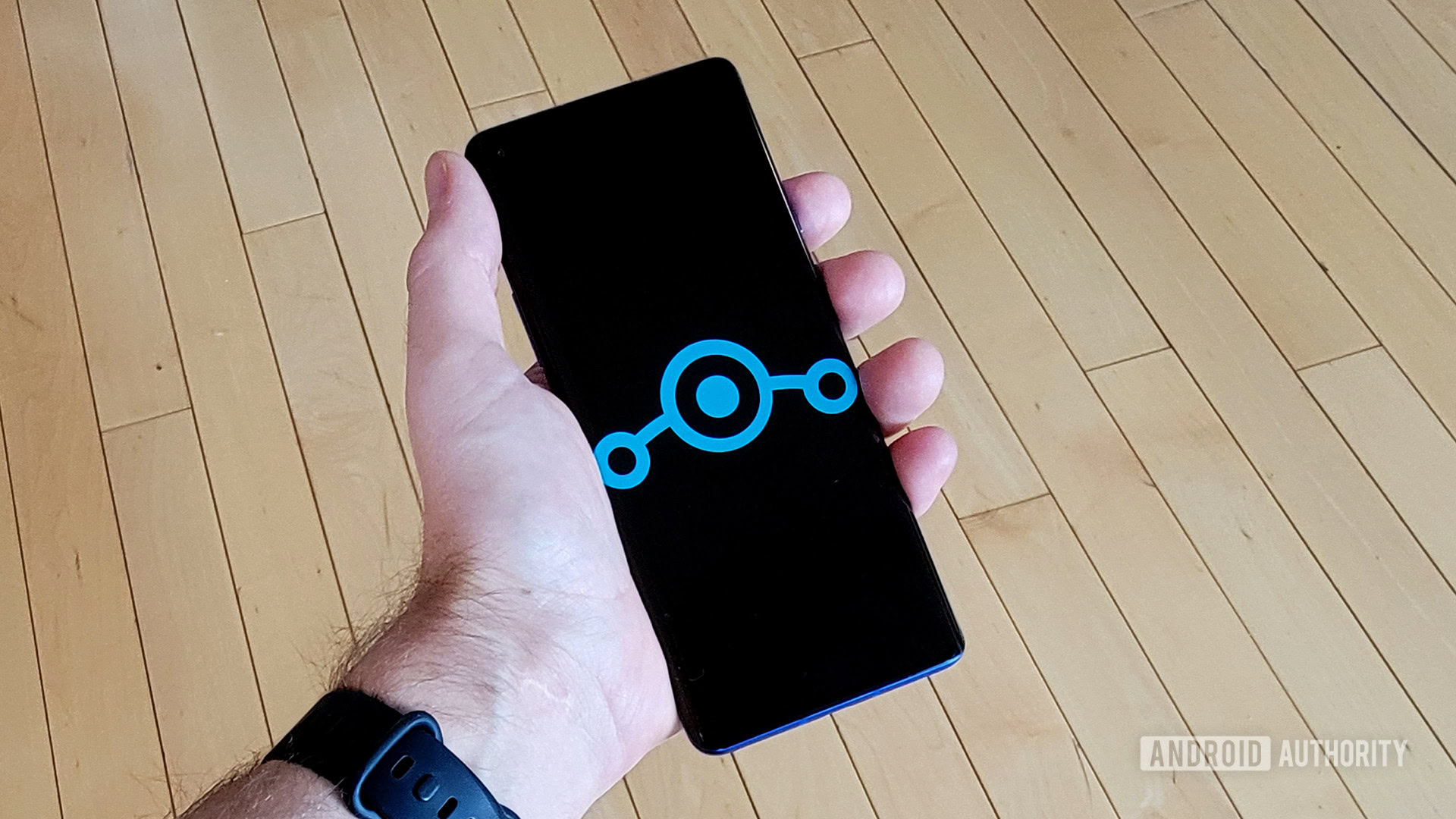Don’t miss out on our latest stories. Add PCMag as a preferred source on Google.
Microsoft-owned LinkedIn has updated its Terms of Use policy to use more of its customers’ data to train its generative AI.
Last year, LinkedIn quietly announced that it would use your data to train its AI models and would require people to opt out. Days later, it was forced to stop scraping UK user data. It’s now expanded AI training to cover the EU, EEA, Switzerland, Canada, and Hong Kong.
Effective Nov. 3, “we started to use some data from members in these regions to train content-generating AI models that enhance your experience and better connect our members to opportunities,” LinkedIn says. “This includes data like details from your profile, and public content you post on LinkedIn; it does not include your private messages.”
Although it claims DMs aren’t being used for training, Microsoft was sued earlier this year for doing just that. LinkedIn denies any wrongdoing.
In regions where this is active, including the US, LinkedIn will not collect data from individuals under 18. It will also not scrape login credentials, payment methods and credit cards, or member-provided salary data or job application data attributable to a specific member.
It does, however, use the following categories of data to train its gen AI models:
Recommended by Our Editors
-
Profile Data: Name, photo, current position, prior work experience, education, location, skills, certifications, licenses, volunteering experiences, publications, patents, endorsements, and recommendations.
-
Generative AI Usage Data: Content that you enter into gen AI features.
-
Jobs-related Data: Generic responses to screening questions and resumes that members add to their LinkedIn account for ongoing and future use.
-
Groups Data: Group activity and group messages
-
Member Content: Posts, articles, poll responses, contributions and comments (all formats)
-
Feedback: Feedback and improvement data, which may include support requests from members, thumbs up/down reactions to AI-generated suggestions, reporting of issues with generative AI content, or feedback submitted through our feedback features
How to Opt Out of LinkedIn AI Data Training
(Credit: LinkedIn/PCMag)
To turn off the use of your data for training LinkedIn’s generative AI, follow these steps:
-
Navigate to LinkedIn’s website or open the app, and login if necessary.
-
Select your profile imaged and Settings and Privacy.
-
Select Data Privacy from the left-hand menu.
-
Under How LinkedIn uses your data, select Data for Generative AI Improvement.
-
Toggle the option to Off.
From then on, LinkedIn shouldn’t use your data for training its generative AI. There’s no guarantee it won’t change that in the future, so keep an eye on your settings.

Get Our Best Stories!
Your Daily Dose of Our Top Tech News

By clicking Sign Me Up, you confirm you are 16+ and agree to our Terms of Use and Privacy Policy.
Thanks for signing up!
Your subscription has been confirmed. Keep an eye on your inbox!
About Our Expert

Jon Martindale
Contributor
Experience
Jon Martindale is a tech journalist from the UK, with 20 years of experience covering all manner of PC components and associated gadgets. He’s written for a range of publications, including ExtremeTech, Digital Trends, Forbes, U.S. News & World Report, and Lifewire, among others. When not writing, he’s a big board gamer and reader, with a particular habit of speed-reading through long manga sagas.
Jon covers the latest PC components, as well as how-to guides on everything from how to take a screenshot to how to set up your cryptocurrency wallet. He particularly enjoys the battles between the top tech giants in CPUs and GPUs, and tries his best not to take sides.
Jon’s gaming PC is built around the iconic 7950X3D CPU, with a 7900XTX backing it up. That’s all the power he needs to play lightweight indie and casual games, as well as more demanding sim titles like Kerbal Space Program. He uses a pair of Jabra Active 8 earbuds and a SteelSeries Arctis Pro wireless headset, and types all day on a Logitech G915 mechanical keyboard.
Read Full Bio











